"I AM NOT A PET": Illegal trade of Cheetahs as exotic pets will bring them to extinction.
Sleek, speedy, regal with mesmerising eyes, and they purr like the overgrown house cats.
Cheetahs are one of the oldest big cats species and the world’s fastest land mammal. Sadly, they are also Africa’s most endangered big cat, now listed as ‘vulnerable’ and decreasing, by the International Union for Conservation of Nature Red List of Threatened Species.
Less than a century ago, over 100,000 cheetahs roamed free in Africa and Asia. Today, fewer than 7,100 cheetahs are left in the wild worldwide, occupying just 9 per cent of their historic range.
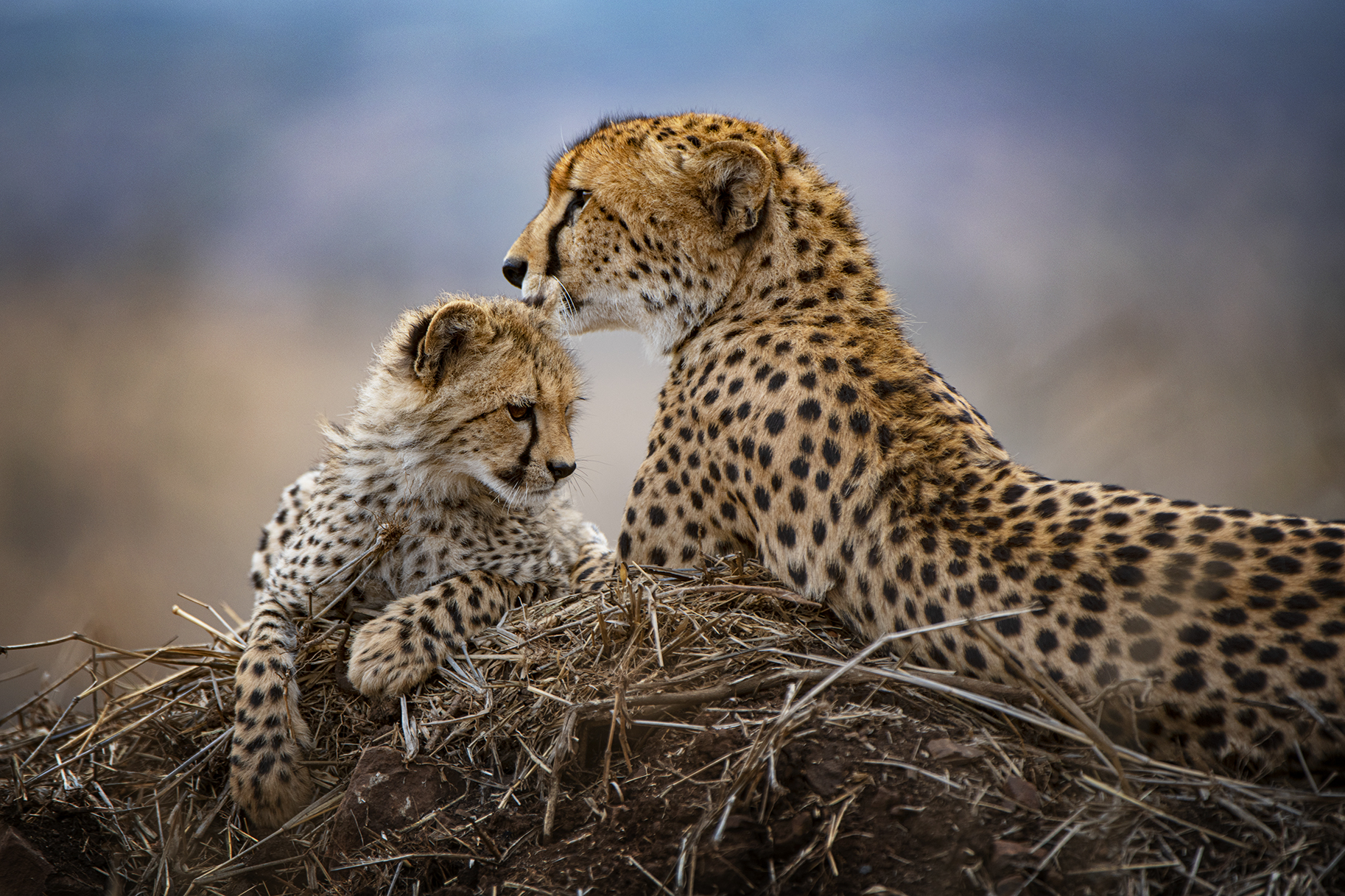
Cheetahs are the less aggressive of all big cats and the favourite among the millions of animals taken from their wild habitat to become someone’s exotic pet.
Ironically, cheetahs are not suitable pets, and they are very difficult to breed in captivity. They are naturally susceptible to feline and infectious diseases and require a special diet that they get in the wild.
Cheetahs require a large amount of space to run and exercise. They also shed an abundance of hair, and unlike domestic cats, cheetahs can’t be litter trained, making co-existing indoors impossible. In addition, their complex physical, psychological and social needs can not be provided when they are kept as pets.
Cheetahs are found mainly in the east of Africa [Somalia, Kenya and Ethiopia], south of Africa, Namibia, and south of the Sahara Desert. A small population of cheetahs is also found in North Africa and Iran [Asia]. The Asiatic Cheetah, also known as the Iranian Cheetah, is one of the world’s rarest cat subspecies, with between 70-110 individuals left.
Cheetahs, especially cubs, are often stolen from the wild to satisfy demand and are sold illegally as pets, mainly in the Middle East. In the Horn of Africa, rural farmers are constantly in conflict with wildlife as Cheetahs kill their livestock.
In Namibia, cheetahs are found in various habitats, including grasslands, deserts, mountainous terrain, but mostly they live on commercial farms. A lack of farmable land and an absence of access to water aggravates the situation. Very often, farmers will take young ones and sell them to traffickers for the pet trade.
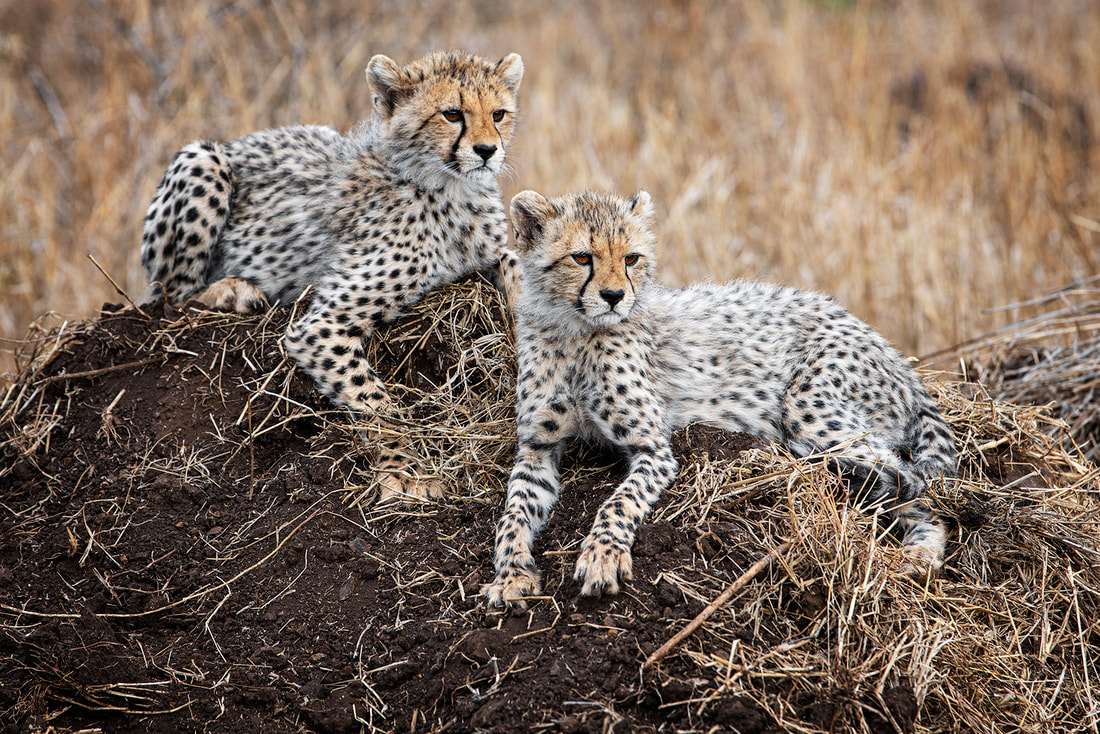
Speed Is Not Everithing.
Cheetah’s main advantage in hunting is speed. Many of its characteristic features have evolved for the high-speed chase. These include long legs, a streamlined head and body, a deep chest for greater lung capacity, and a long counter-balancing tail to give stability in high-speed turns. Its speed has been measured up to 100km/h and can close in rapidly on a prey animal, but if the chase takes more than a few 100 meters, it soon gives up.
Cheetahs are smaller than the other big cats, measuring 100 to 135 cm [40 to 53 inches] long and a tail length of 60-80 cm [25-30 inches]. Cheetah’s average weights are between 50-63 kgs [110-140 pounds], and they live an average of 10-12 years in the wild.
Two to four cheetah cubs are born to a litter. Cubs are smoky grey with long woolly hair, called a mantle, that runs along their backs. This mantle helps the cubs to camouflage in the grass and hide from predators.
Mothers will move cubs to new hiding places every few days. At five to six weeks, cubs will follow their mother and will start eating from her kills.
Although the Cheetah is classified as the same family as the cats [felids], it is not an actual big cat. A significant anatomical difference is in its claws, which can not be retracted into a sheath-like the real cats do and remains permanently exposed.
The retractable claws of cats are mainly used to grasp and hold prey but also for grip while climbing trees. Cheetah’s nails can be extended to assist with traction during acceleration and turning during a high-speed chase but can not use to grip prey. They can not climb trees like typical cats; they can jump up into trees with low lateral branches to gain elevation, to improve visibility.
Mother cheetahs sometimes teach their cubs how to kill by letting them play a catch and release game with the almost dead prey.
Cheetahs have to eat fast as scavengers tend to discover their kills and attract other predators like lions and hyenas to claim the carcass. They are very timid animals, and a group of vultures might unnerve them into abandoning a kill. They are not the most vital predators and will not risk getting injured fighting for food with a hyena or other predators.
Their main prey is medium-size antelopes, such as duiker and impala, but larger ones like Ayala, waterbuck and kudu are also part of their diet. Cheetahs eat only the flesh of their prey, heart and liver are a favour, but intestines are dragged out and discarded. Skin and bones are also not eaten, their teeth are small, and they don’t have bone-crushing like other big cats.
Females cheetahs are loners, raising their cubs as single parents and only mingle with males during heat and mating. Young cheetahs leave or are deserted by their mom at about eighteen months of age.
Males prefer lifelong groups of up to four or five males from other litters, so a group of cheetahs are either a mother with her youngsters or a team of males.
Rescued individuals who are taken from the wild as young cubs are not equipped to survive in the wild and will have to spend the rest of their lives in captivity.
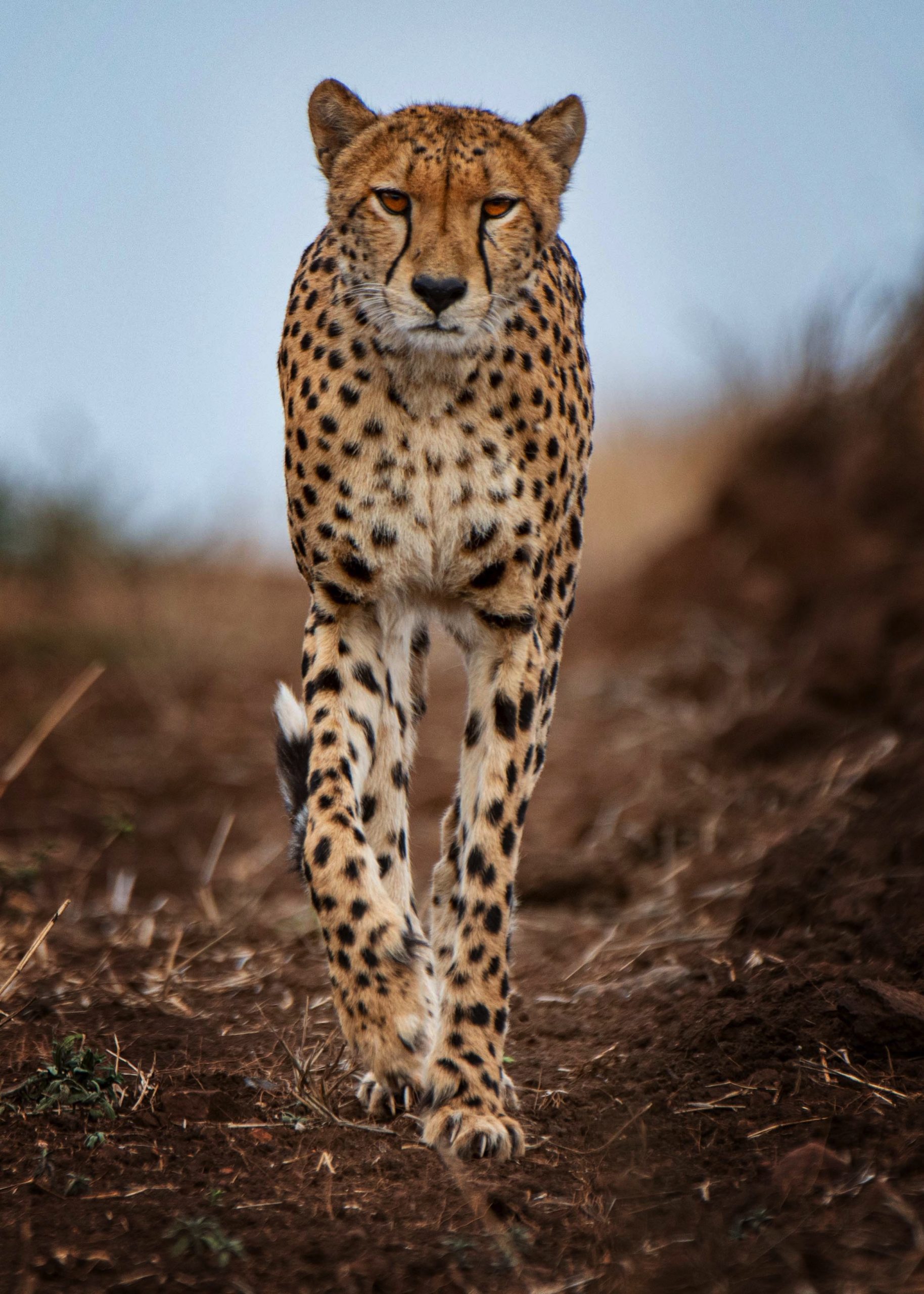
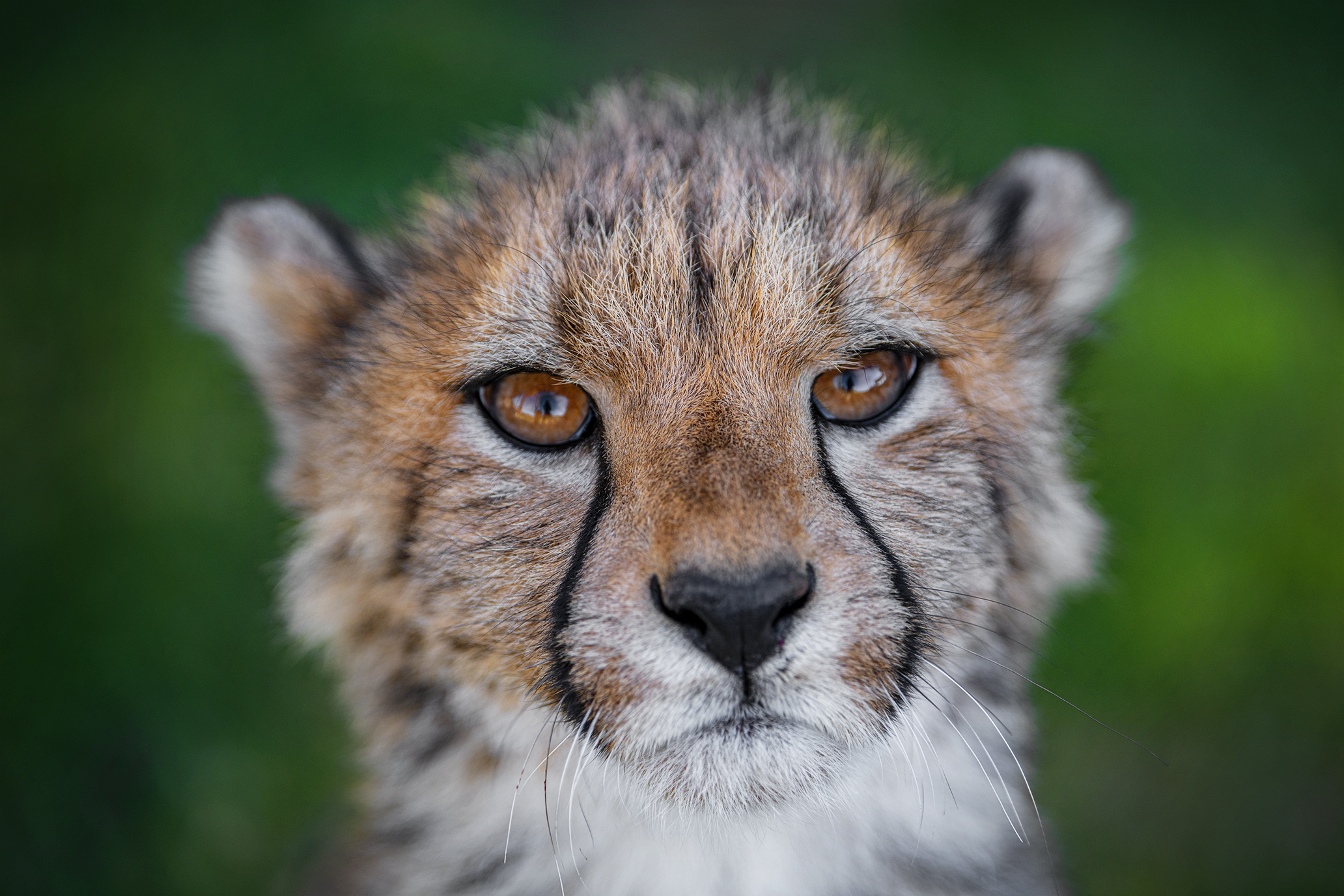
Captivity as a “Dead End” for cheetahs.
Captured cheetahs are usually shoved inside confined boxes to be transported to the Arabian Peninsula, where they are sold. Demand for pet cheetahs mostly comes from the Arabian Gulf nations, with 60 per cent of cheetah transactions recorded in Saudi Arabia. A quick search on Instagram and other social media platforms reveals an astonishing number of pet cheetahs on display, usually posed by their owners next to fancy cars and other luxury items. In some of the photographs and videos posted on social media platforms, pet cheetahs are subjected to physical and emotional abuse.
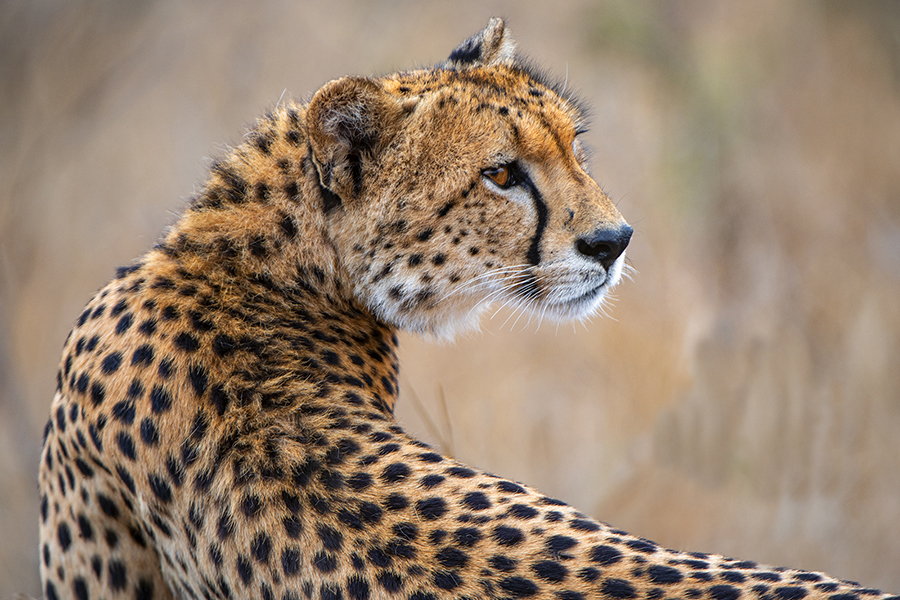
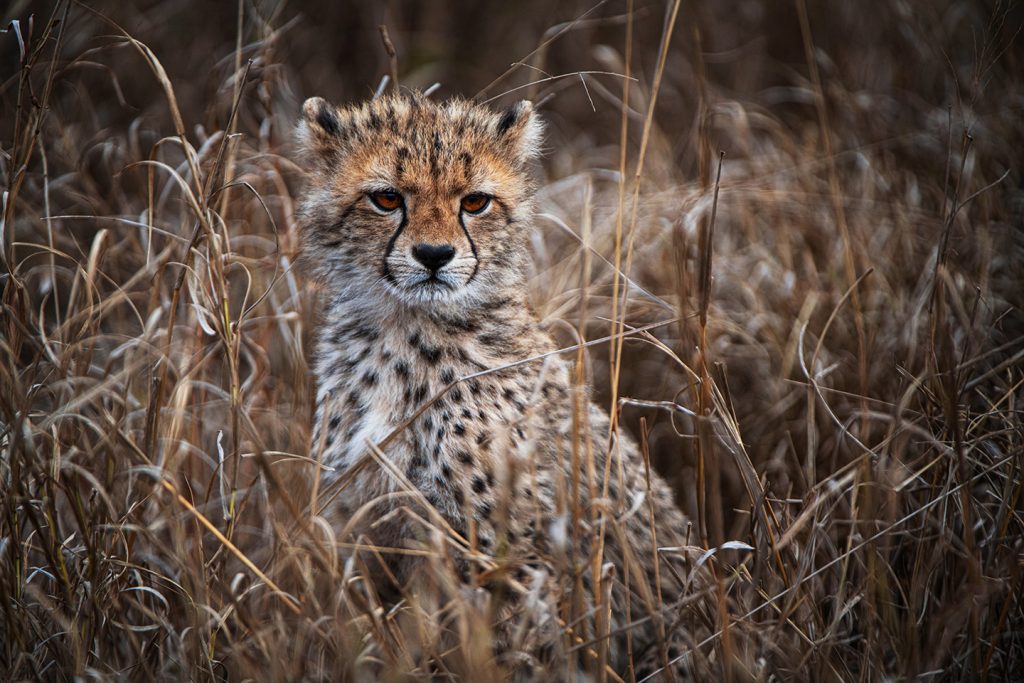
In 2019, CNN reported that criminal traders were selling wild cats to wealthy customers for up to $10,000. Although the sales of wild animals and owning them are illegal in the Arab states, the lack of enforcement of the law has led the outbreak to continue. It’s estimated that a whopping 1,000 cheetahs are kept as pets by private owners.
According to the Cheetah Conservation Fund (CCF), approximately 300 young cheetahs are trafficked out of Somaliland -the main transit route for cheetah trafficking in the Horn of Africa -every year. That’s roughly the same number of cheetahs estimated to still live in unprotected areas around the peninsula’s region.
Many of the smuggled cheetahs don’t survive the trip after they are taken from the wild. It’s estimated that only one out of four smuggled cheetahs survive the gruelling journey – and the ones that survive often suffer mutilations and broken limbs.
The Cheetah Conservation Fund (CCF) was founded in 1990 by American scientist Dr Laurie Marker, and it’s dedicated to saving the Cheetah in the wild. Over the course of 30 years, CCF has returned 600 cheetahs back into the wild, has developed best practices in research, education, and land use to benefit all species, including people. Since it was founded, CCF has also created public awareness that the Cheetah is vulnerable and their numbers are declining.
“The cheetah is the fastest land mammal, but we have to be even faster if indeed we’re going to safe the species,” says Marker.
CCF’s mission is to be the internationally recognised centre of excellence in the conservation of cheetahs and their ecosystems. Their vision is to see a world in which cheetahs live and flourish in coexistence with people within a sustainable system that is protective of the environment, socially responsible, and economically viable. “Setting up the CCF has been my life,” said Marker.
“The illegal trade of cheetahs as pets might contribute to their extinction, and it’s a matter of time before we are not going to have any cheetahs left in the wild,” says CCF General Manager and Head of Bushblok Project, Bruce Brewer.
CCF’s efforts to increase public awareness and the importance of preventing wildlife trafficking has led to some impressive results. Social media platforms like Facebook, Instagram and Twitter have doubled down on preventing wildlife traffickers and illegal traders from marketing online to customers.
Wildlife trafficking is a billion-dollar industry, estimated to be worth up to $20 billion per year, according to the United Nations and Interpol. It is among the top five illegal industries globally, along with drugs and human trafficking.
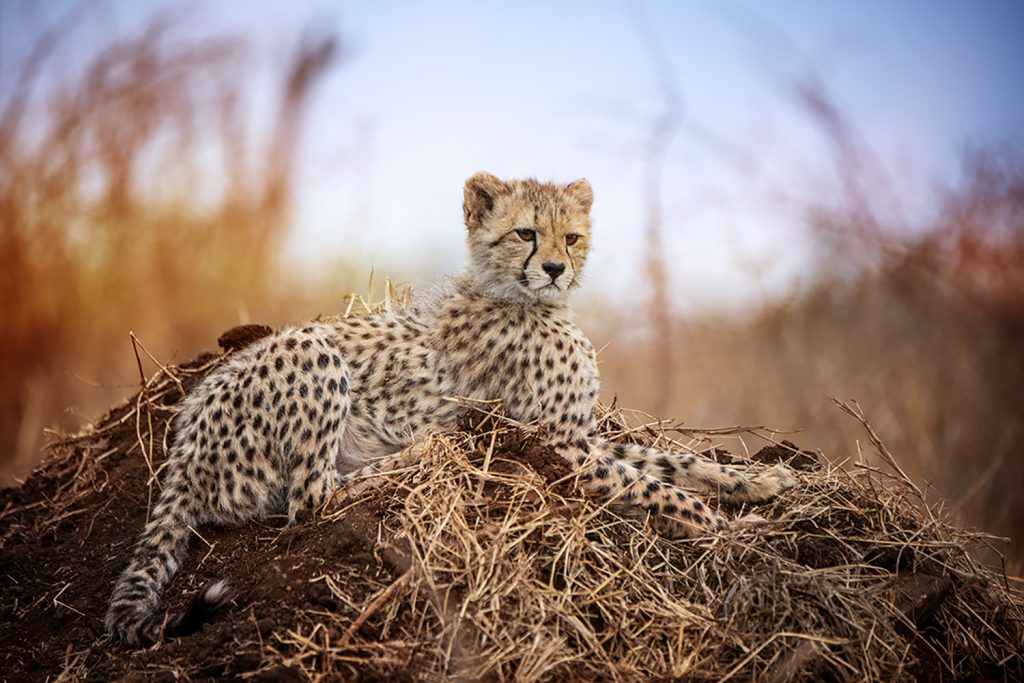

There’s nothing quite as heart-melting as a cheetah mom and her cub curled up in peace. Behind those sleepy eyes lies the fastest land animal on Earth — but in this moment, it’s all about warmth, safety, and the bond that keeps them going in the wild.
Cheetahs may be speed demons, but motherhood is where their true power shines. From fending off predators to teaching survival skills, a cheetah mom is the quiet force behind every sprinting legend.
Join LensTraveller On A Journey Of Discovery. Stay updated with the latest travel adventures, inspirations and insights.
*By subscribing you agree to our Terms &Conditions and Privacy & Cookies Policy.




























